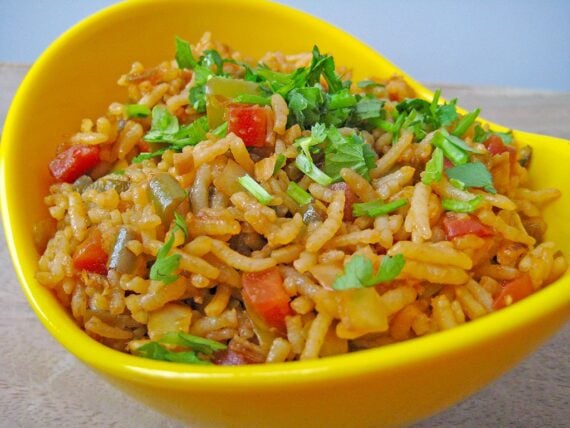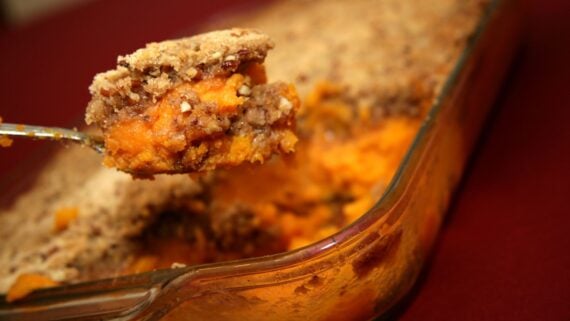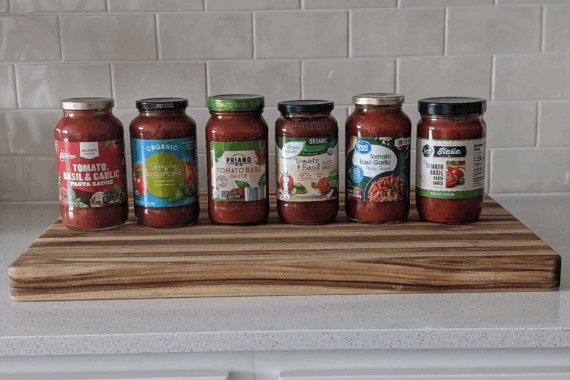It’s easy to get stuck in a cooking rut, but there’s rarely just one way to prepare any dish. If the goal is to eat healthy, a few little-known secrets can help get the most nutrients out of common kitchen staples.
POTATOES
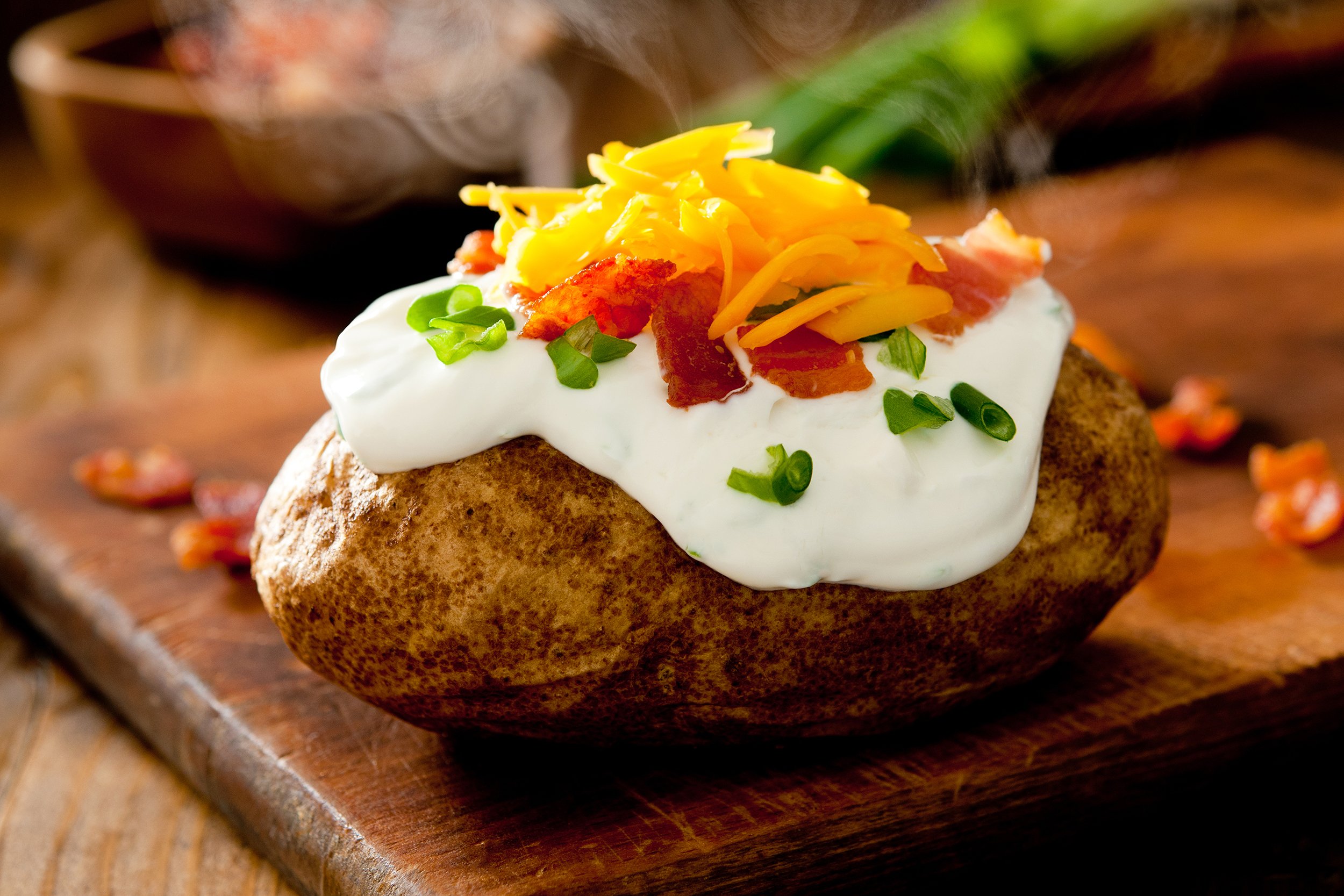
The potato is an endlessly versatile vegetable that makes a satisfying side for most meals. But a standard baked potato can also function as a snack on the go when microwaved for 2 to 3 minutes — a method that retains far more nutrients than boiling. When using an oven, try putting a metal skewer through the whole potato to ensure it bakes evenly.
CAULIFLOWER
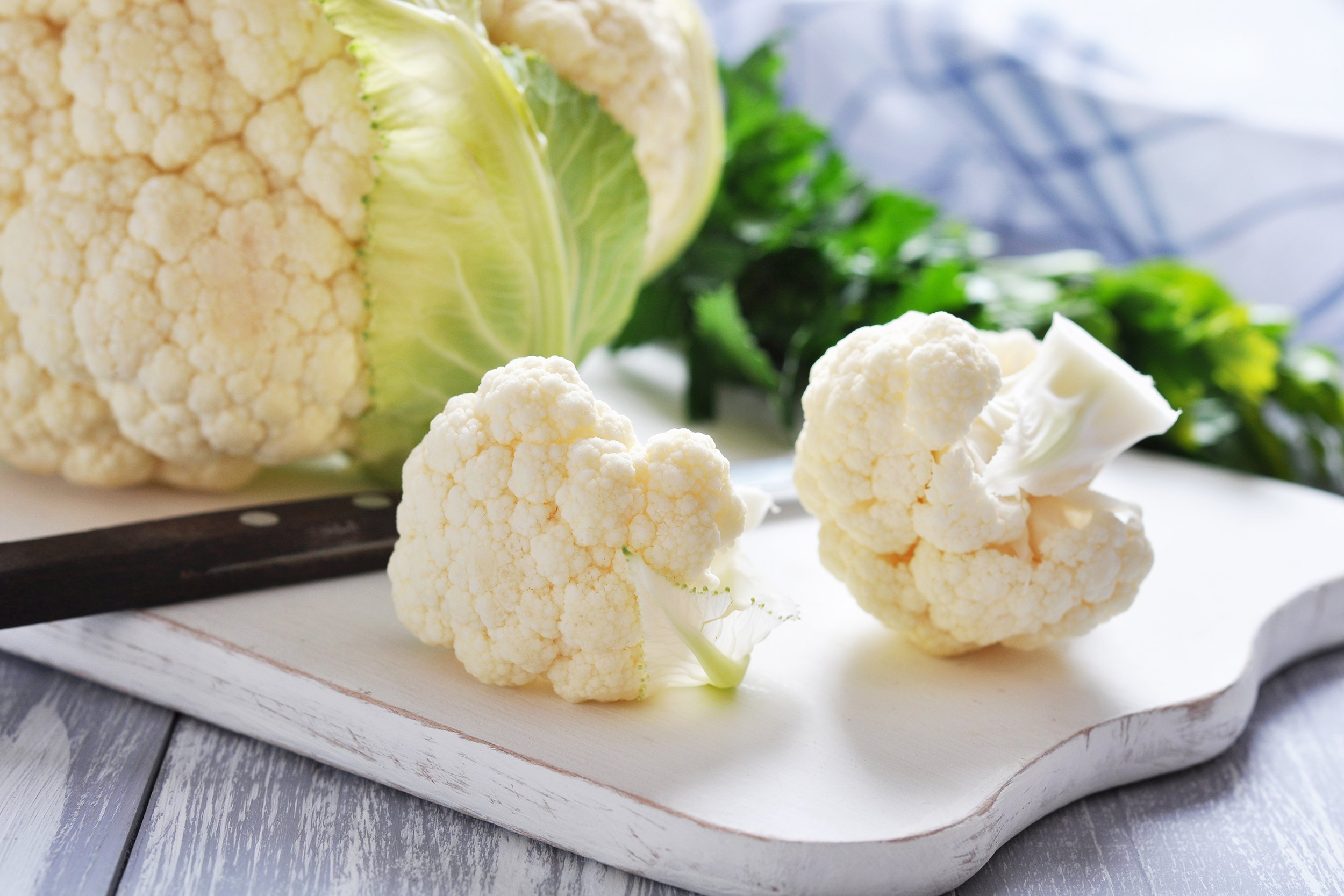
Often boiled or steamed, cauliflower is more than just a paler form of broccoli. It’s a healthy carb quite easily repurposed for more nutritious updates of familiar meals, like cauliflower-crust pizza, cheesy cauliflower pancakes, and fettuccine with cauliflower-infused Alfredo sauce. Doughs and sauces made from cauliflower are grain- and gluten-free and have a distinct, savory taste. The doughs also have a delicious, flaky consistency.
ZUCCHINI
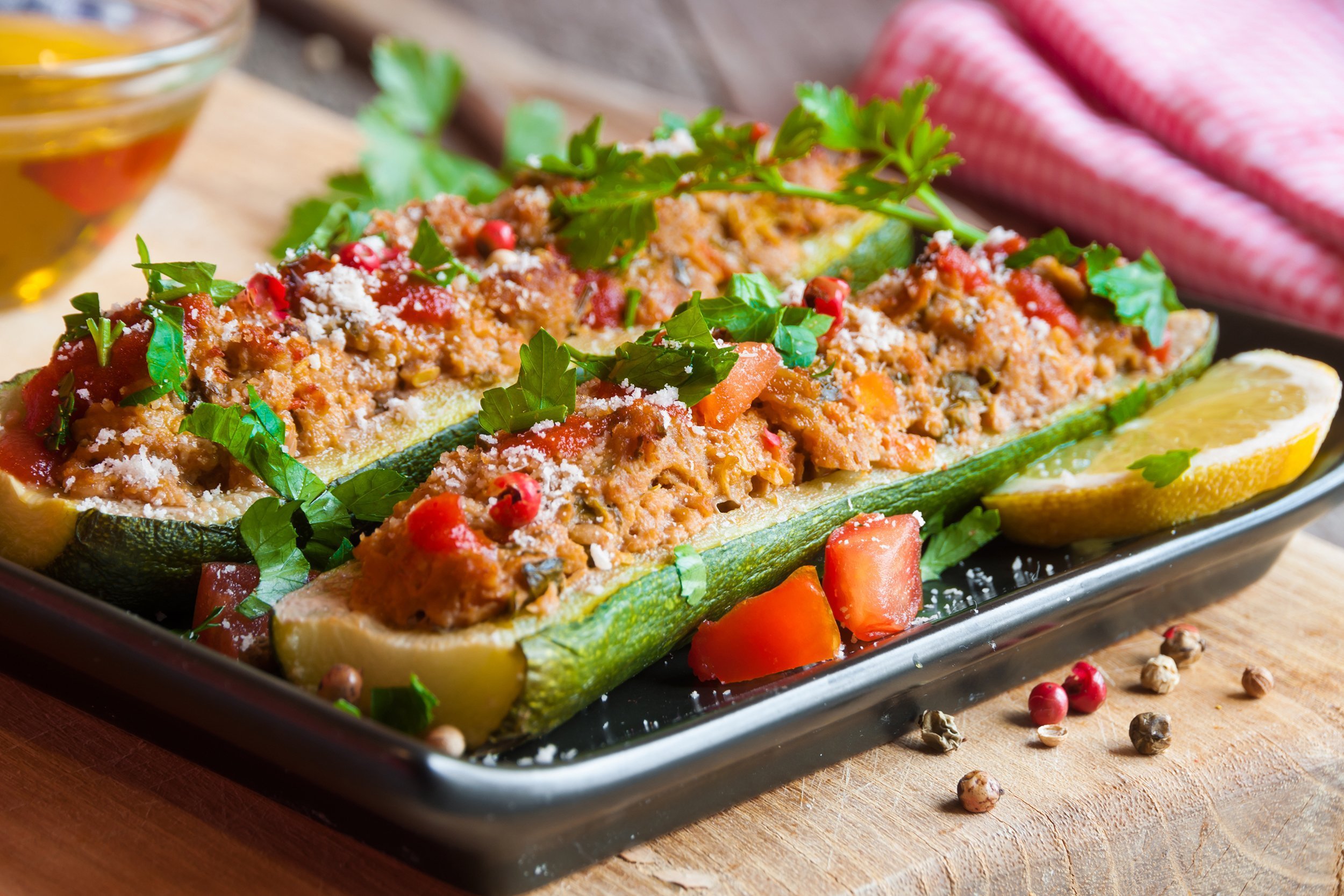
Another versatile vegetable, zucchini is often grilled or baked. Less conventional but equally tasty forms of preparation include zucchini fries, veggie burgers, and spiralized zucchini noodles to replace pasta. In larger zucchinis, the marrow can become too watery to cook on its own, so try cutting out some of the center and baking a stuffed zucchini.
TOFU
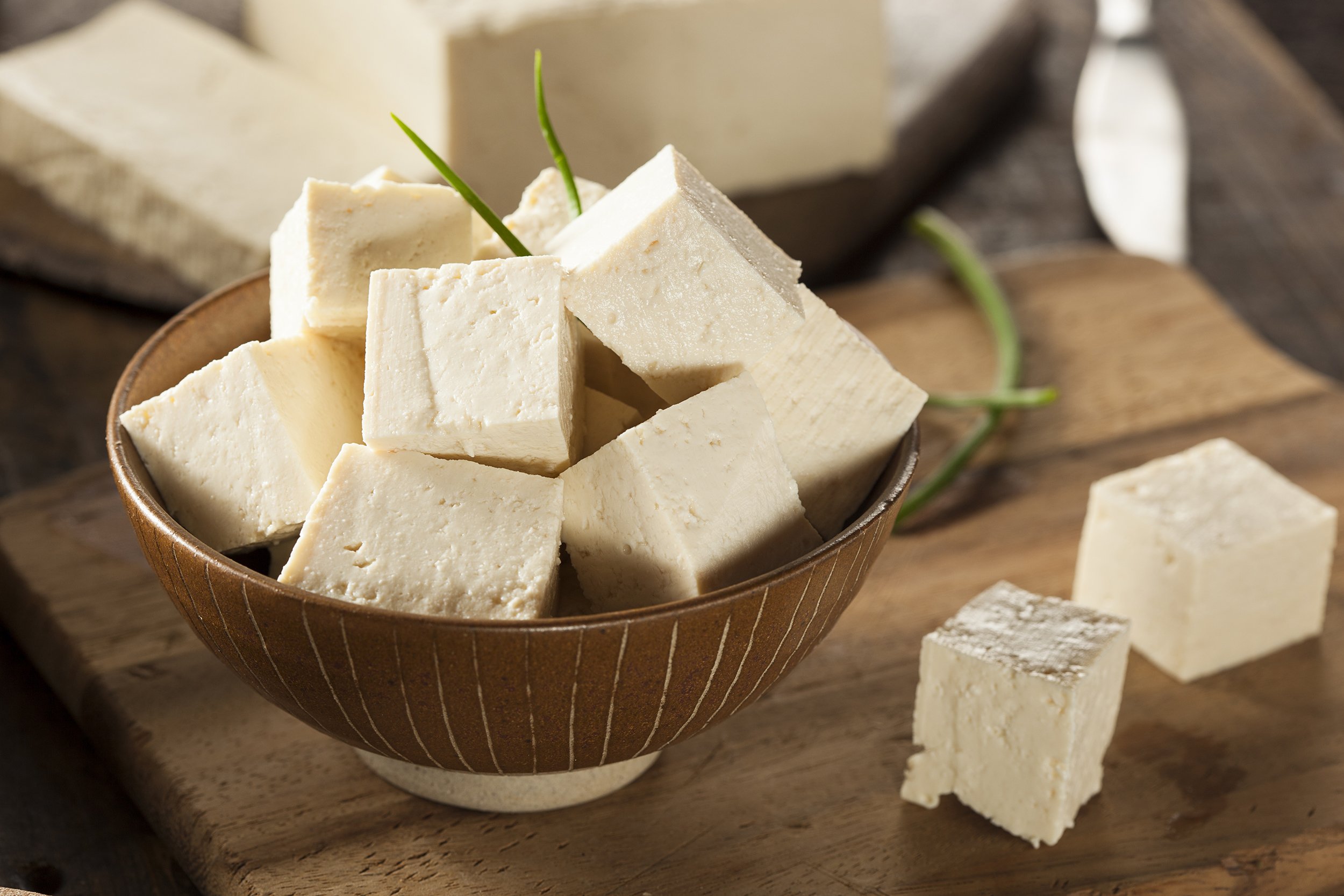
Soy-derived tofu is a valued meat substitute for many vegetarians and vegans but often derided as bland and lacking in flavor when put at the center of a dish. The softer, silken variety is far more versatile than the more typical firm tofu and can serve as a protein-rich stand-in for heavy cream in sauces or for eggs in baked goods.
SPINACH
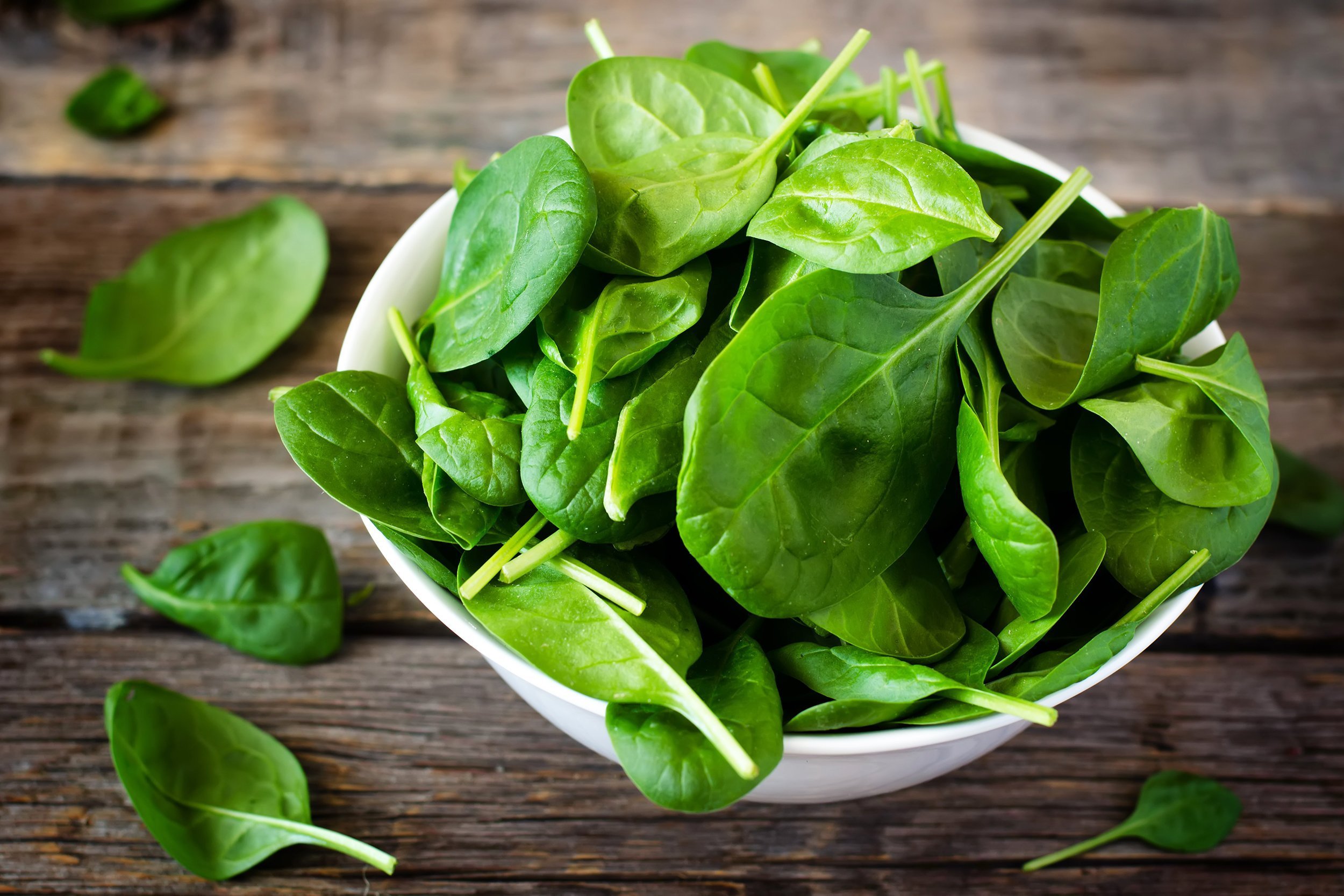
Heating raw foods often saps them of nutrients, but almost the opposite is true of spinach. Cooking this green helps reduce the amount of harmful oxalic acid while increasing the body’s absorption of vitamins, fiber, iron, and other minerals from the spinach. Pairing raw spinach with vitamin C-rich fruit like oranges similarly improves its nutritional value.
Trending on Cheapism
ONIONS AND GARLIC
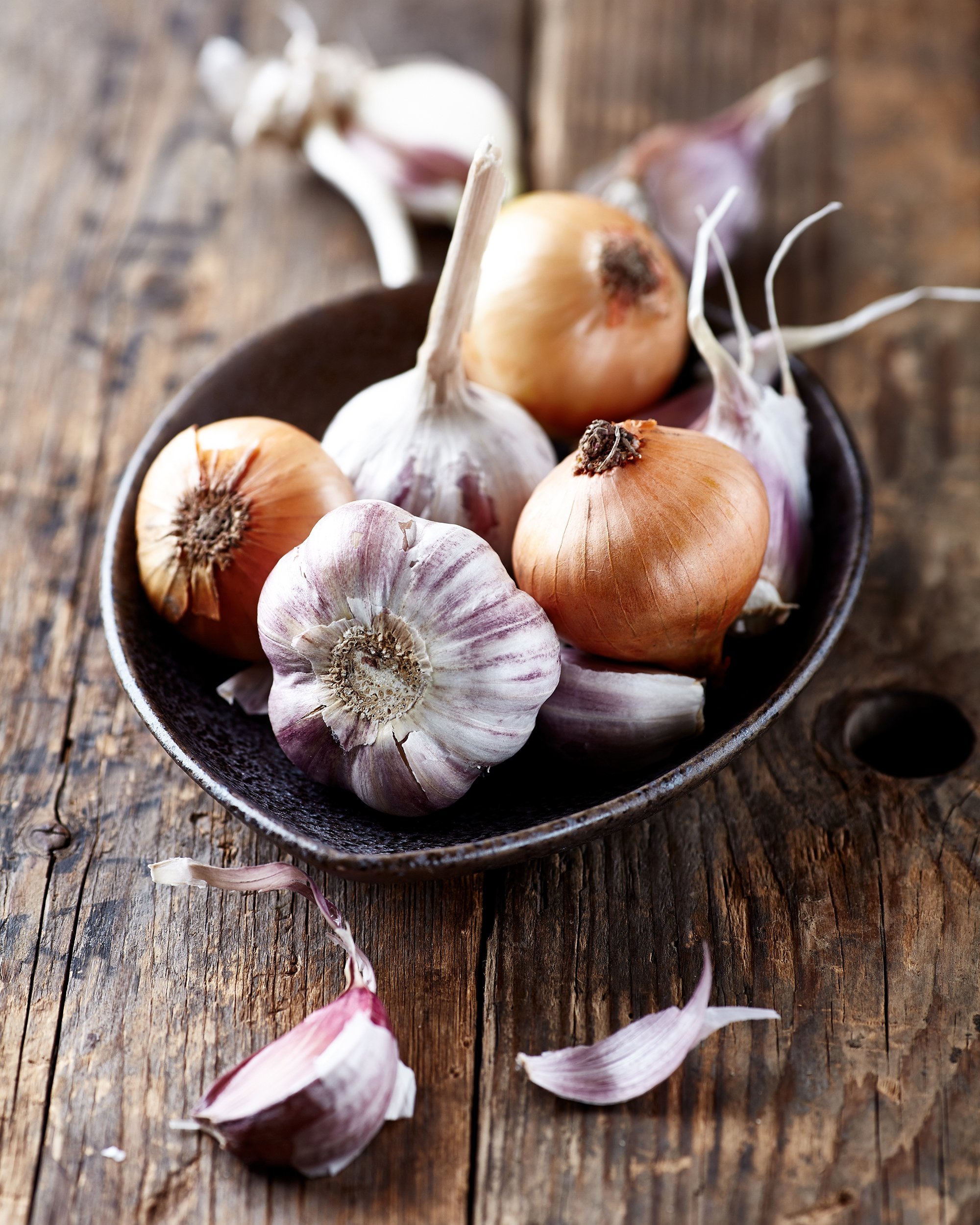
Don’t start sautéing onions or garlic as soon as you’ve finished chopping them. Instead, let them rest a few minutes before exposing them to heat. This allows cancer-fighting compounds and metabolic flavonoids time to form in the vegetables after their cell walls have been broken down by the knife.
BROCCOLI
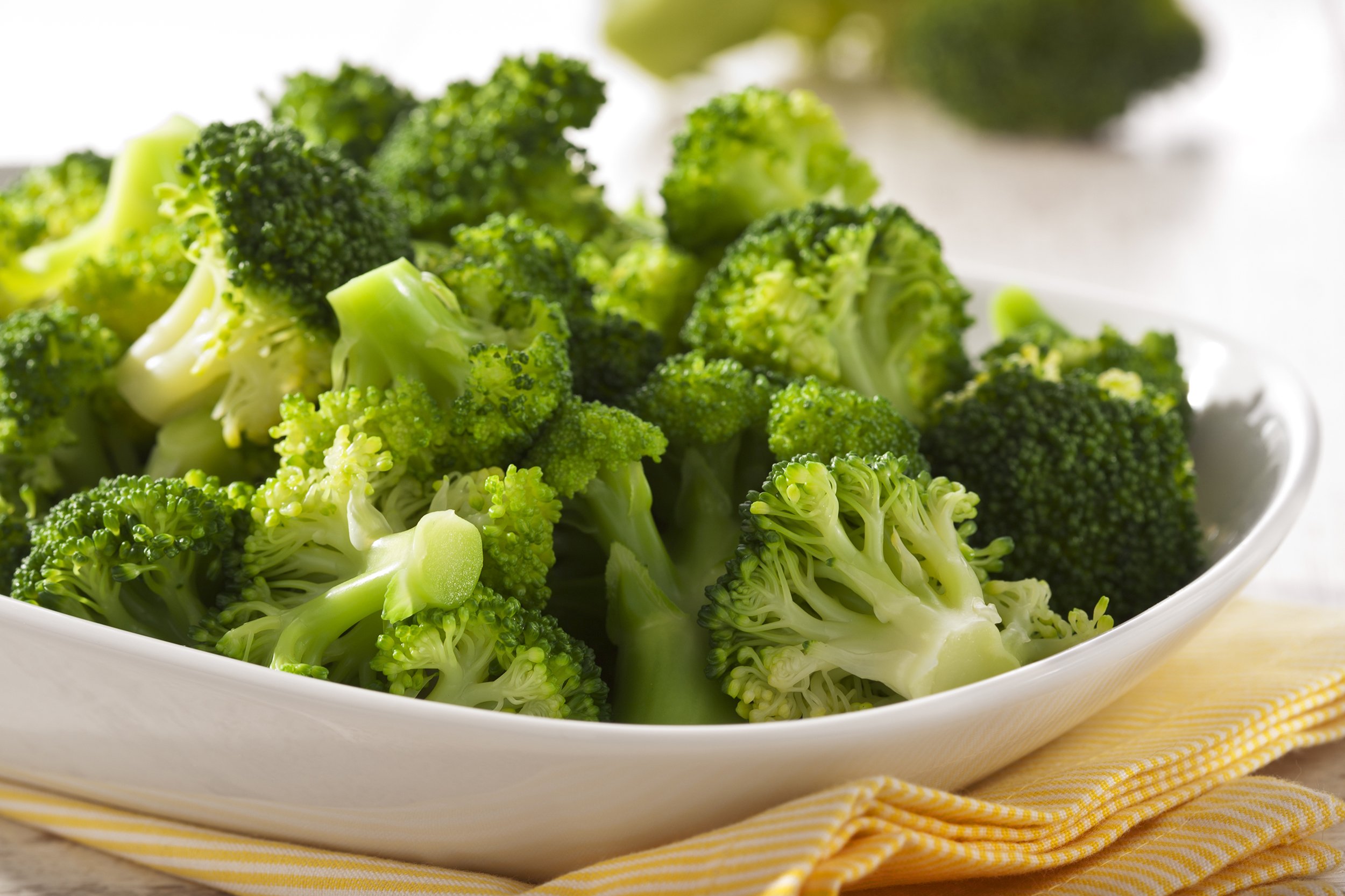
The heat involved in frying broccoli sacrifices significantly more nutrients than the preferred method of steaming. Also take care to cook the stems as well as the florets, as they contain the bulk of broccoli’s fiber, calcium, and vitamin C. Even the toughest parts of the stalk can infuse flavor into a soup or broth.
EGGPLANT
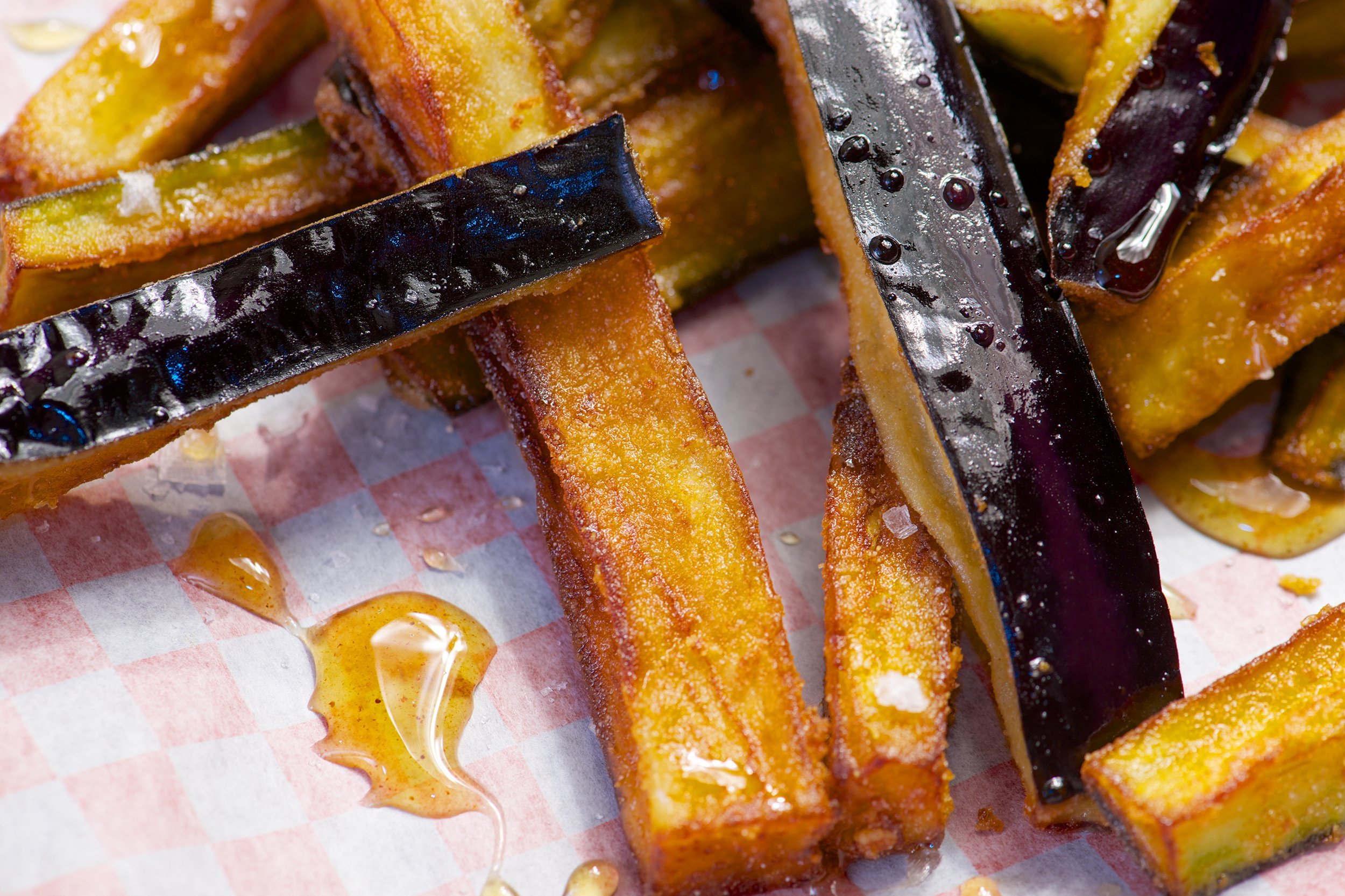
Eggplant has a fantastically meaty texture — if you remember to salt the cubes or slices and let them drain before cooking. This removes excess moisture and prevents toughness, so you can prepare palatable recipes like eggplant fries or “bacon” sliced thin and baked in oil with paprika, coconut sugar, garlic, and salt.
Sign up for our newsletter
FROZEN VEGETABLES
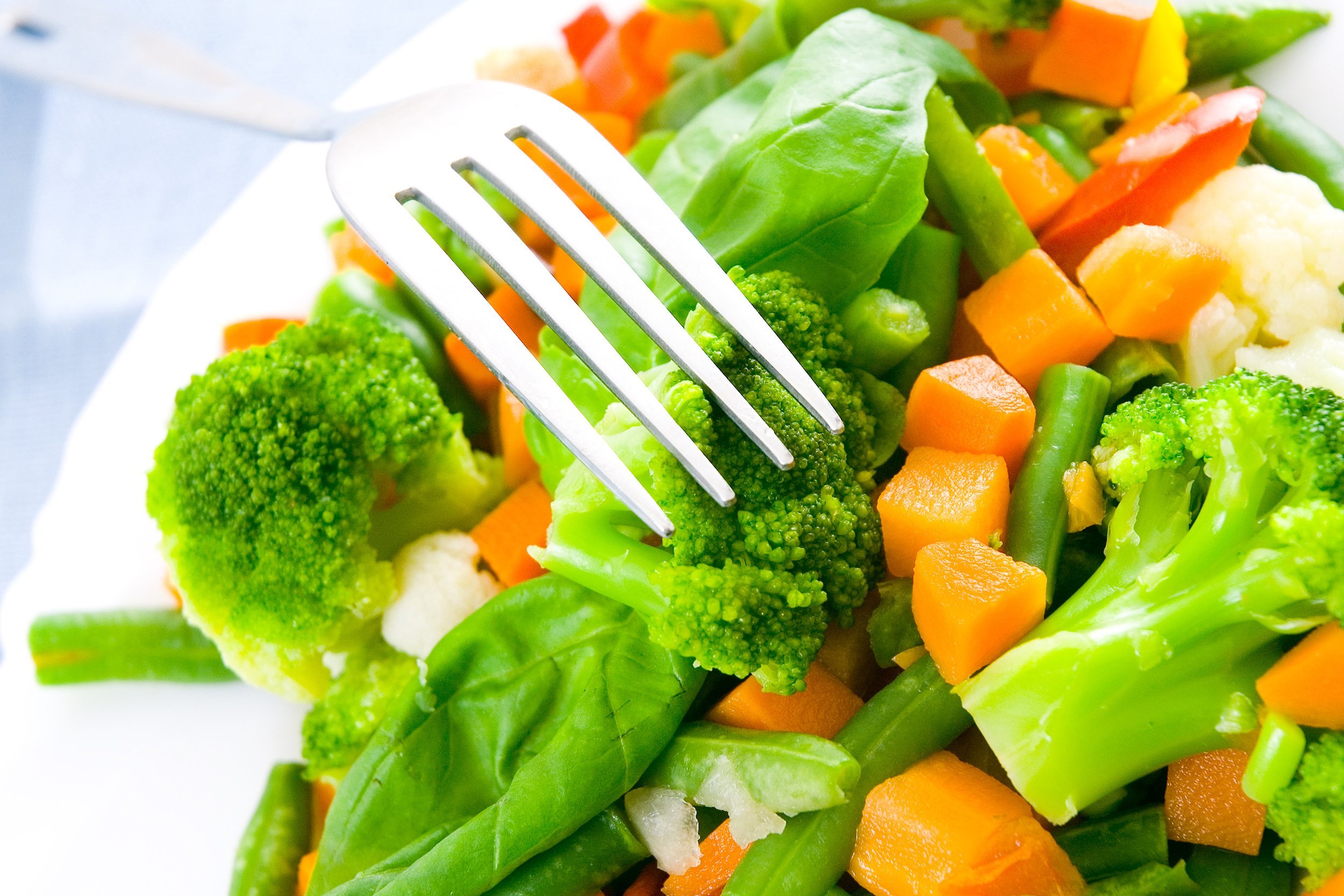
No matter what the frozen veggie, microwaving on a standard setting turns it soggy and reduces its nutritional value. Sautéing and boiling can have the same effect. It may take longer, but heat frozen vegetables in a steamer basket instead to retain far more freshness and flavor.
BANANAS
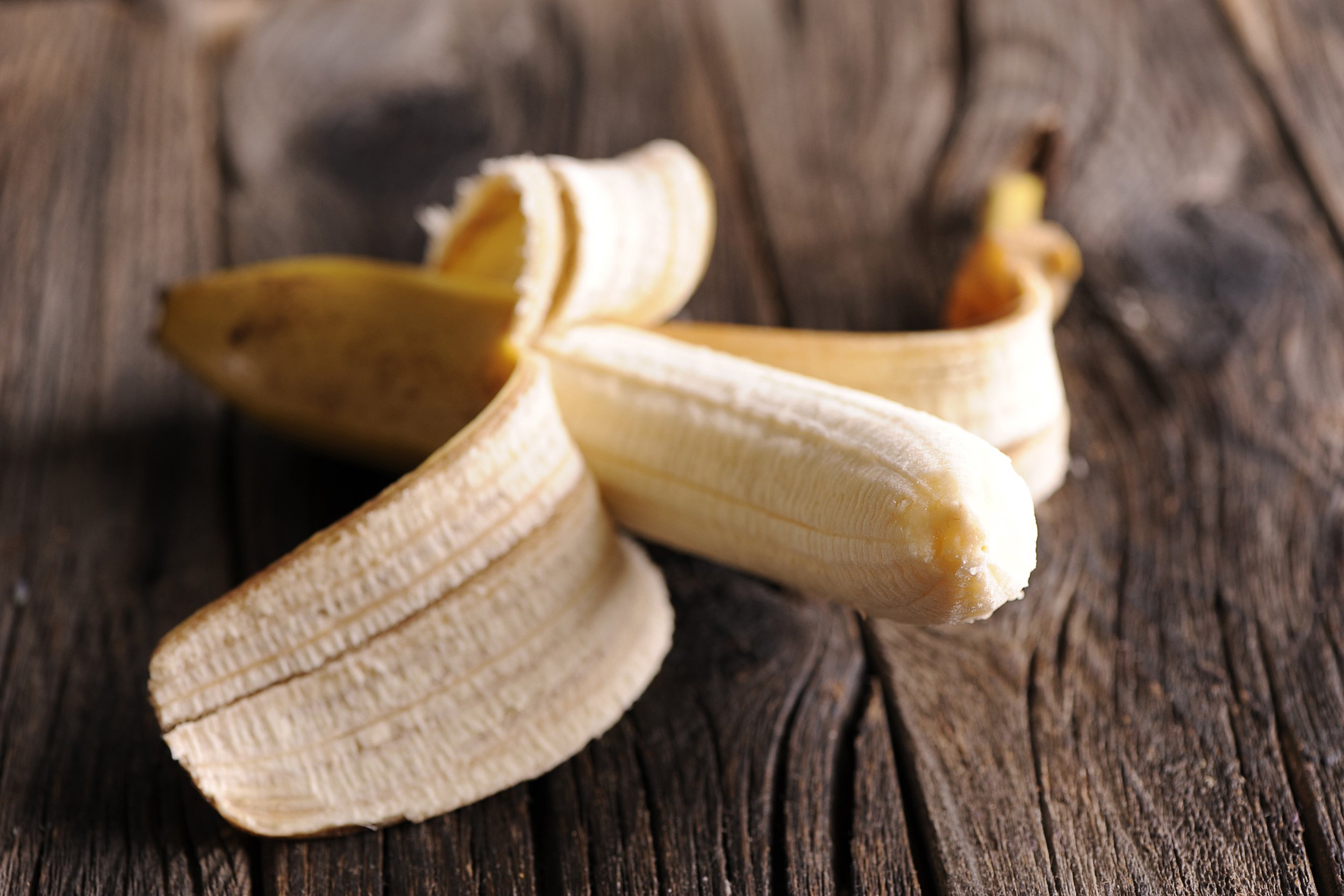
For starters, peel bananas from the bottom for easier access. The stem will hold the peel together for more convenient disposal, as well. This makes the fruit even simpler to take on the go. And don’t leave without peanut or almond butter to accompany the banana, as a healthy fat helps the body metabolize the fruit’s sugar content.
BRUSSELS SPROUTS
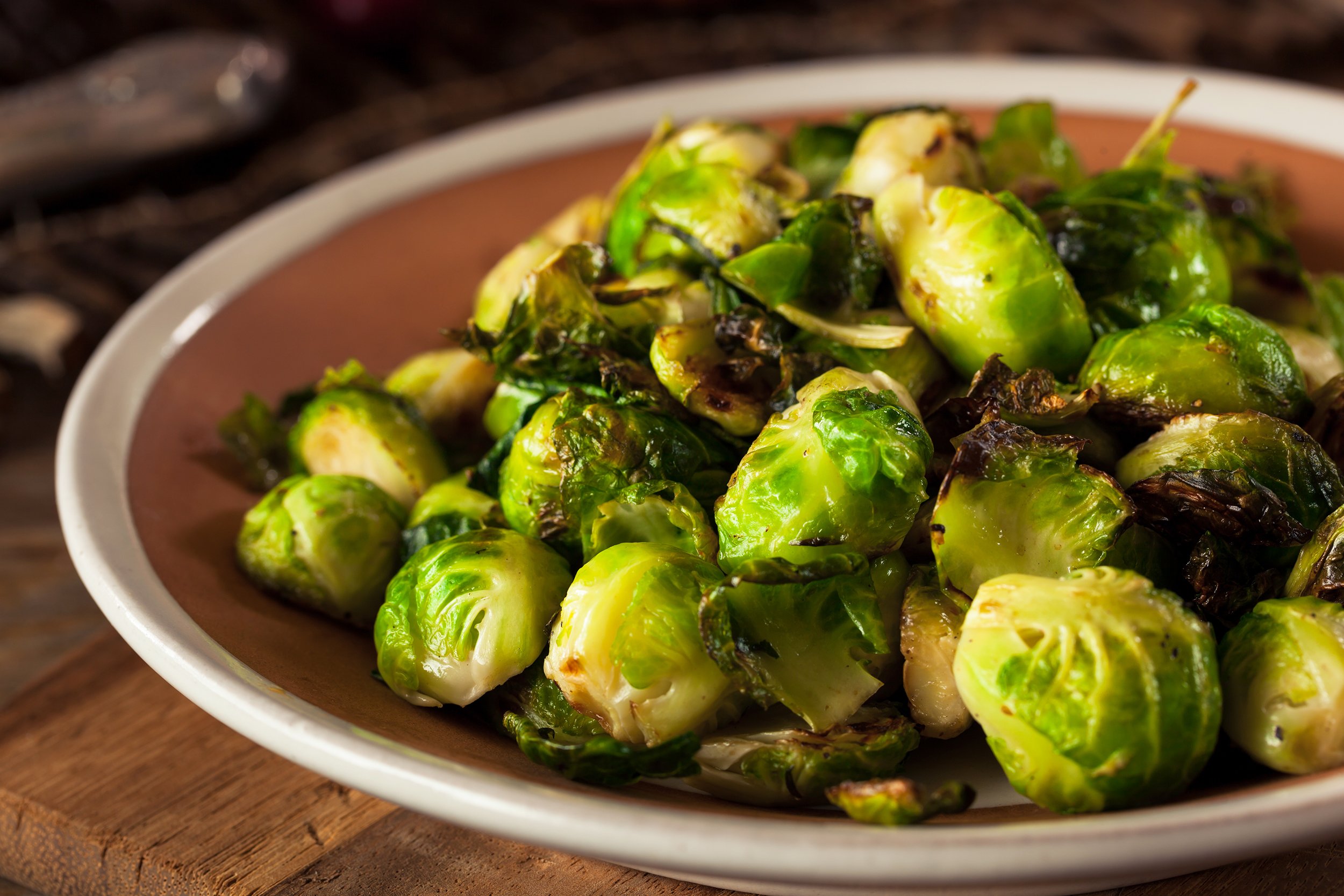
Brussels sprouts are famously unappetizing, but that’s chiefly because of the sulfurous smell and flavor they produce when boiled. Chef Richard Jones lays out a better preparation: The sprouts are roasted and caramelized, then seasoned with balsamic vinegar or smoky bacon. Also be careful not to overcook the sprouts, which only require 5 to 6 minutes.
CORN ON THE COB
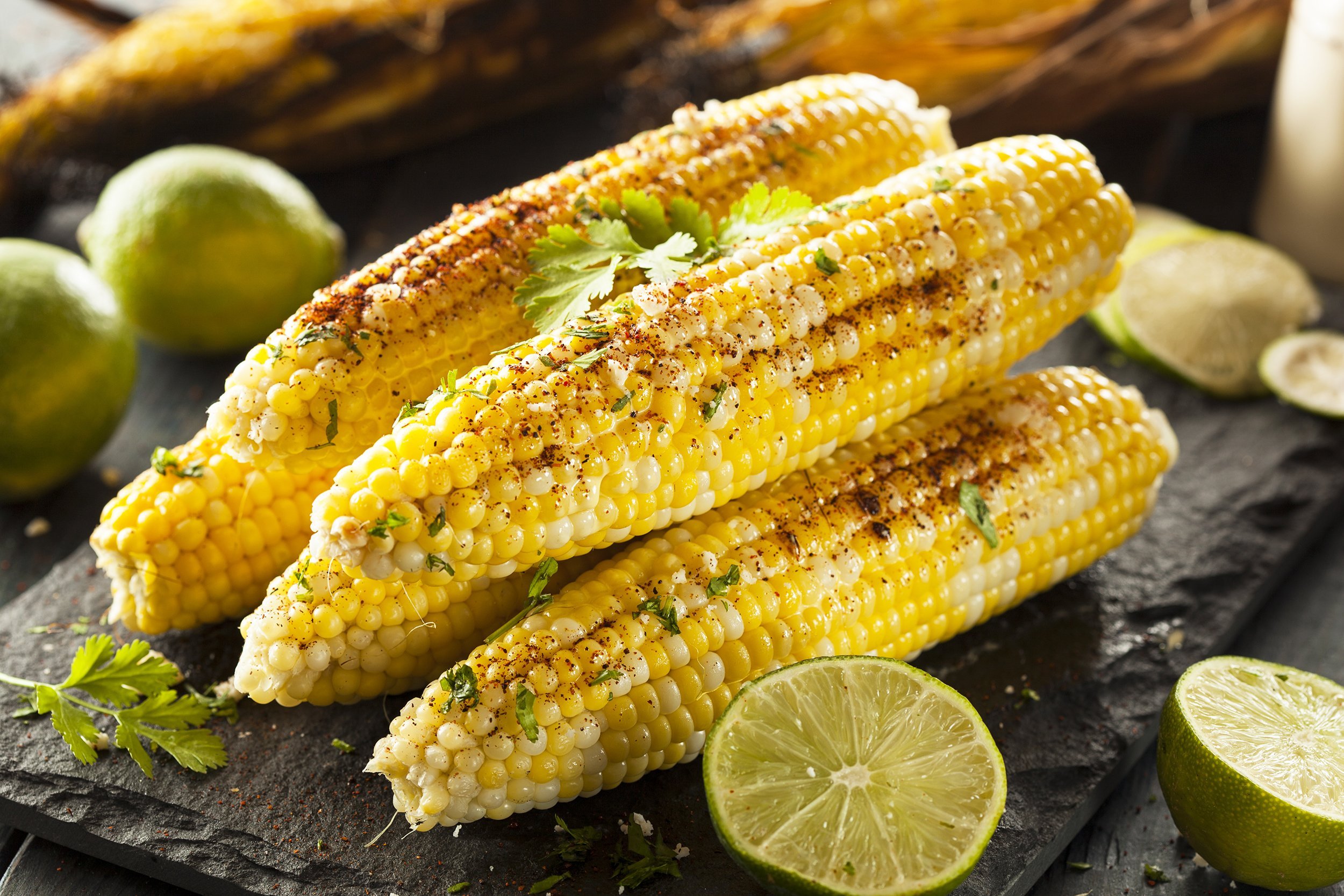
Grilled corn on the cob is an American tradition that often results in a mouthful of silk strings leftover from the corn’s husk. It’s easier and more effective to shuck an ear of corn using the microwave. Heat the whole ear for 3 minutes, cut off the bottom end, and then shake the corn clean out of its husk.
POPCORN
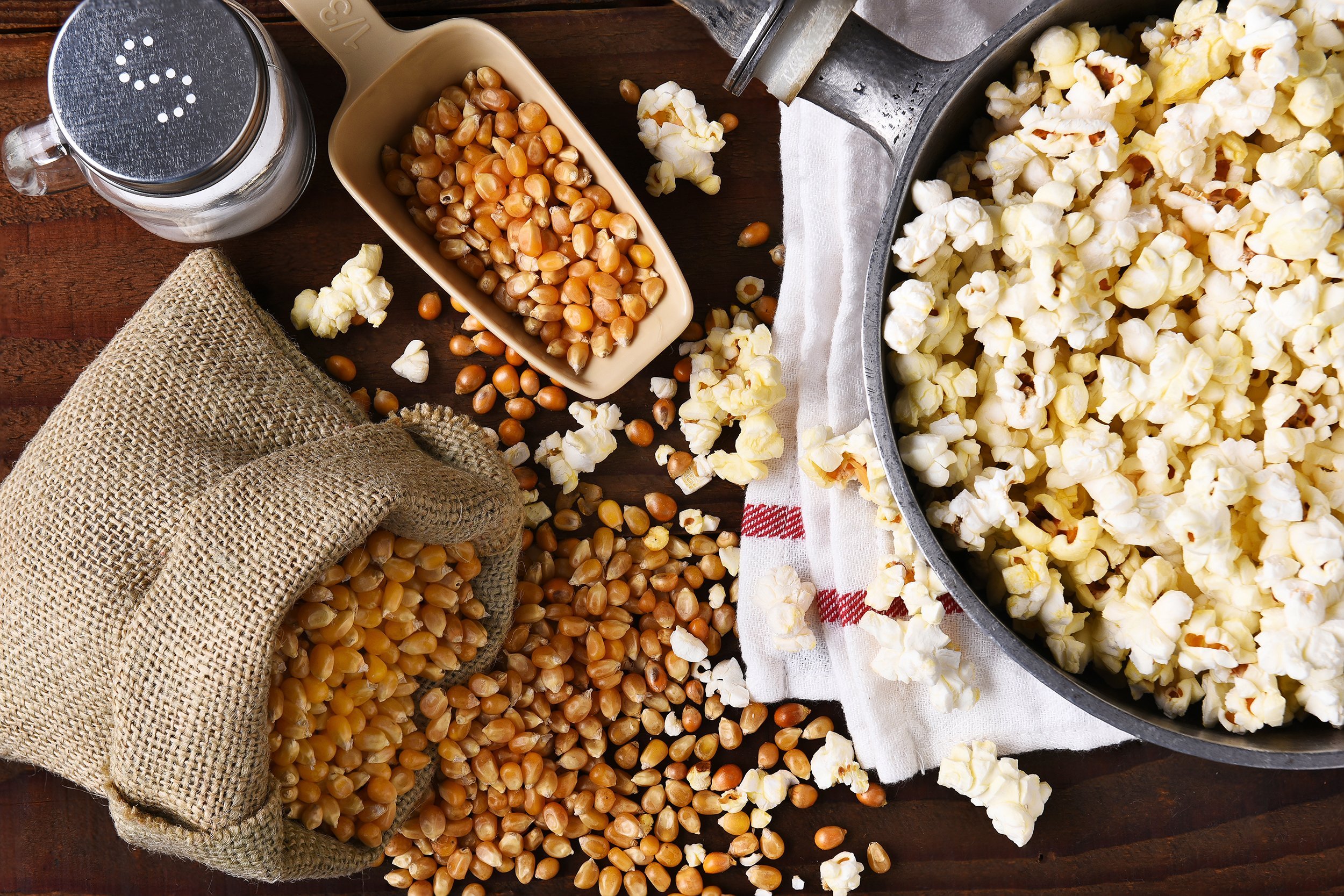
Popcorn is an astoundingly healthy natural snack, although you wouldn’t know it from how it’s prepared at movie theaters and in microwaves — with generous helpings of salt and butter or artificial substitutes. Avoid the extra fat and sodium by buying kernels and air-popping them in the microwave or on the stovetop, adding sparing amounts of parmesan, salt, and herbs to keep the corn heart-healthy and low in fat.
AVOCADO
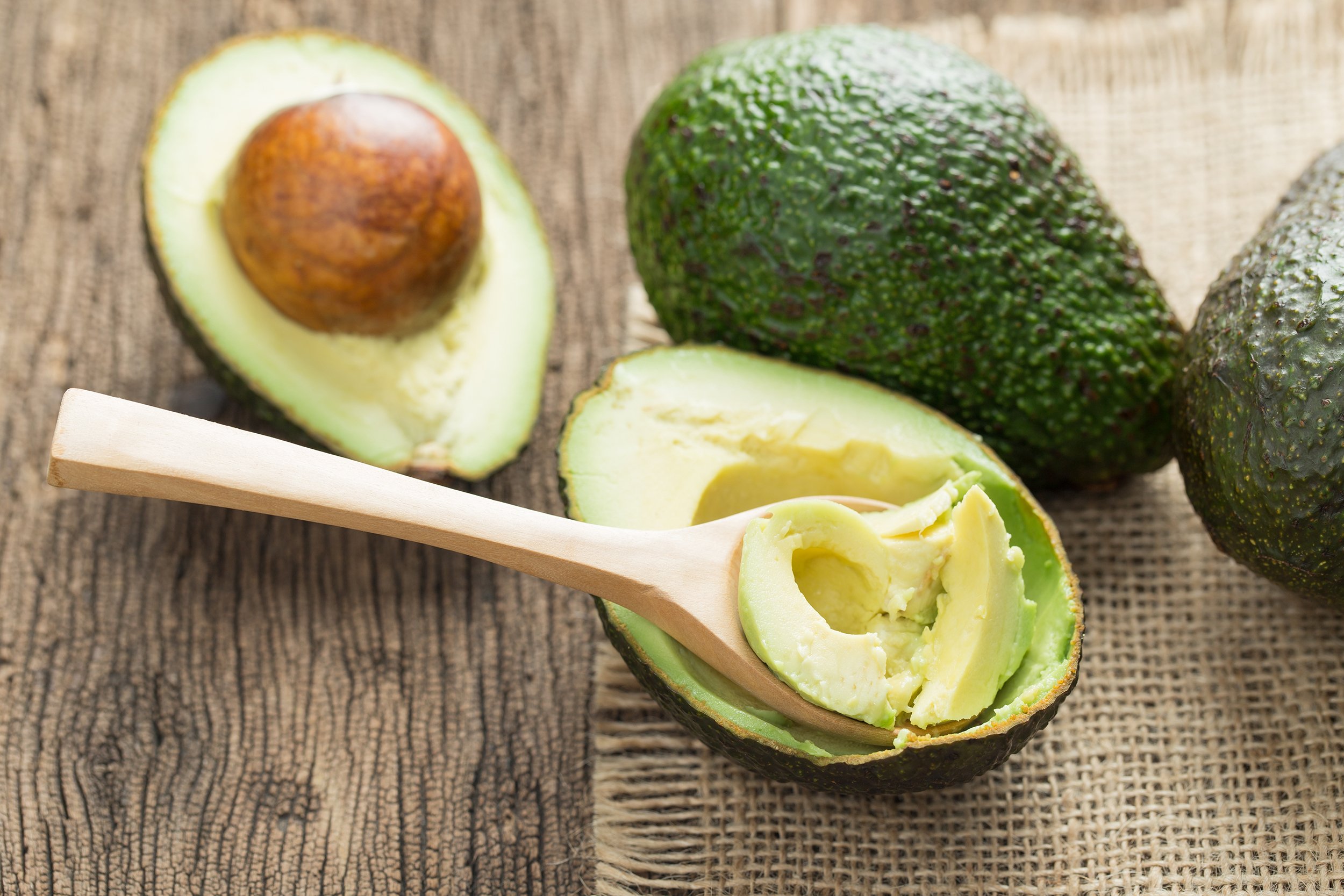
The creamy texture of avocado lends itself just as well to desserts — like this avocado chocolate mousse — as to enchiladas. Use it in puréed form to replace dairy and butter in puddings, cakes, and other baked goods, as well as in salad dressings to replace mayo, for an easy way to cut calories.
BLACK BEANS
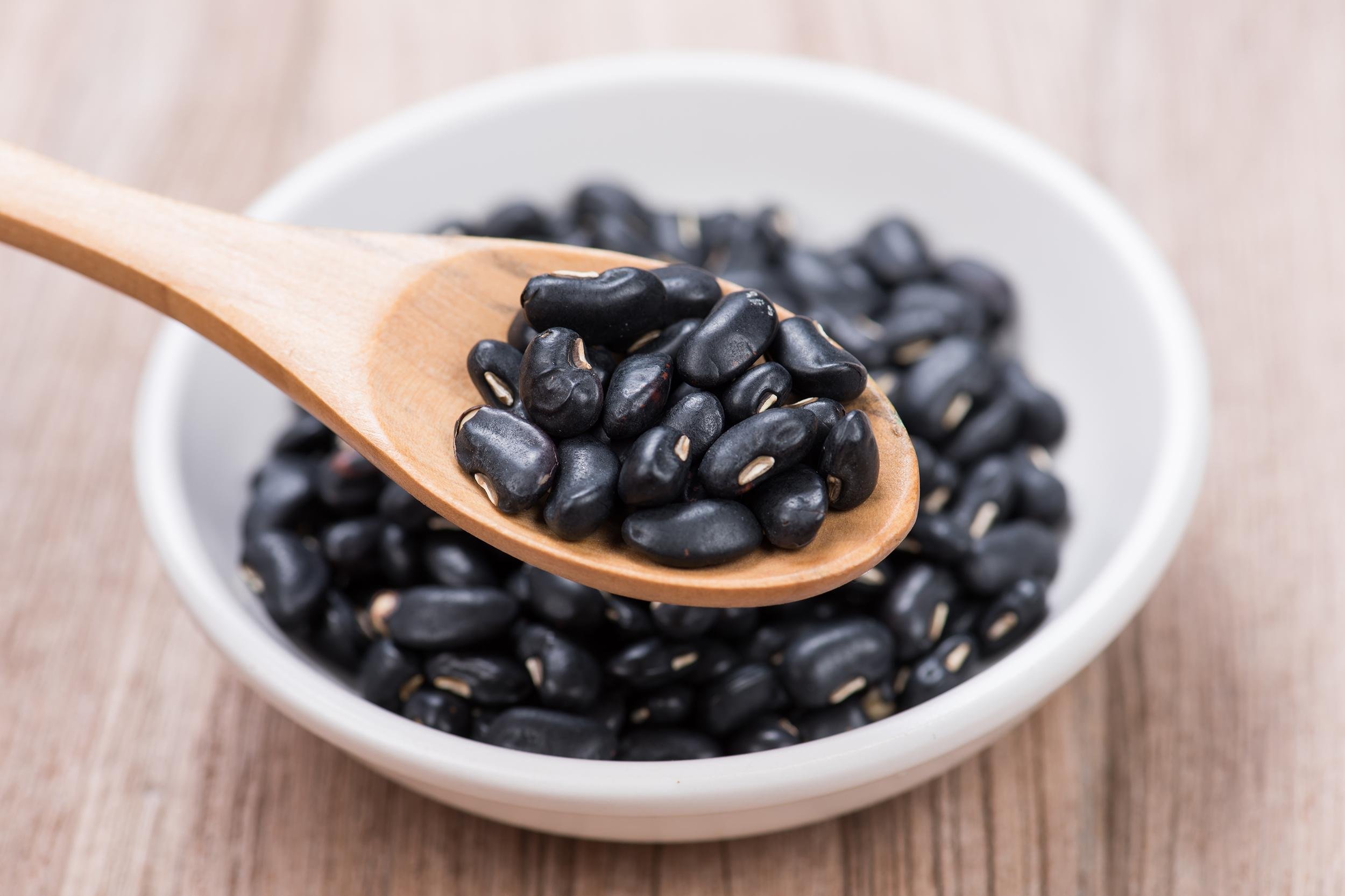
While they often take center stage as part of a main course, black beans, like avocados, can also be a valuable, health-boosting secret ingredient in many desserts. Replace a cup of flour with a cup of puréed beans for chocolate cookies or brownies that benefit from extra moisture, protein, and fiber but retain the same great taste.
OATS
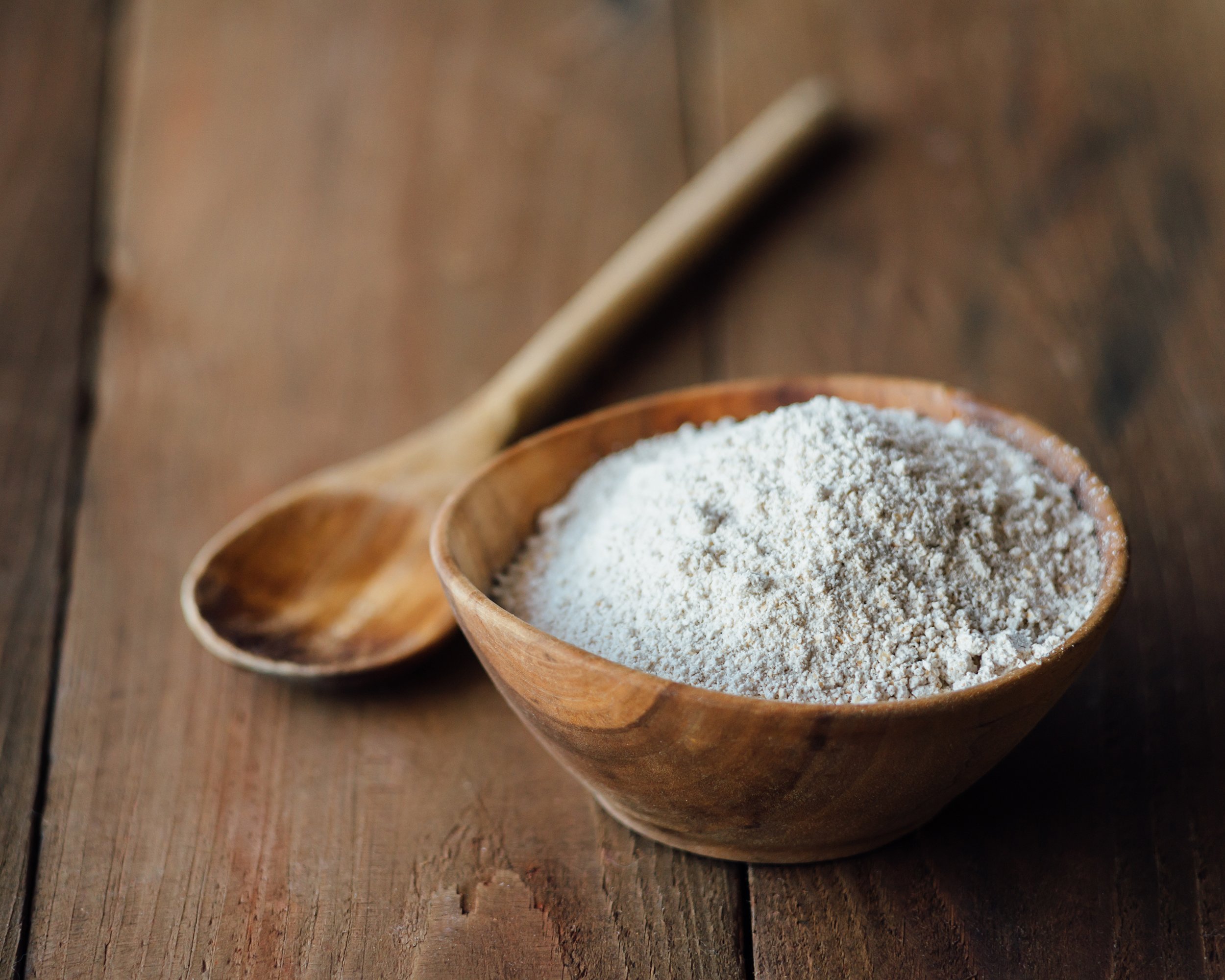
Oats are for more than oatmeal. Grind them to powder in the blender for an easy, all-purpose flour substitute, which can be used in any recipe to add extra protein and almost four times the fiber of normal flour without altering a dish’s consistency.
COCONUT
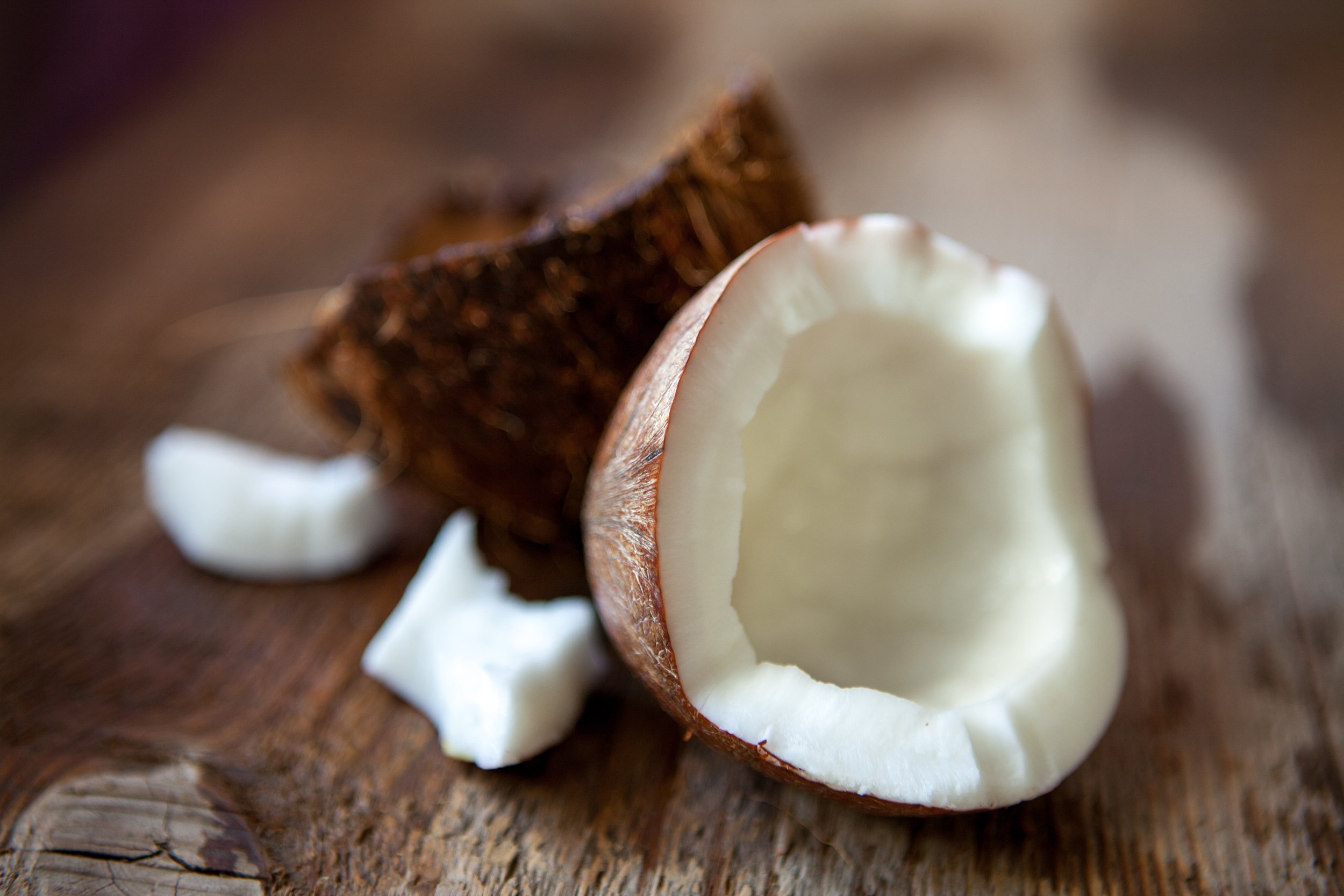
Coconuts make up for their high concentration of saturated fat with a slew of natural benefits to digestion, the immune system, and cholesterol levels. Though difficult to crack, the fruit has near-endless culinary applications beyond a topping for ice cream and desserts. It can be used for juice in a tropical drink, in toasted strips over oatmeal, as a bacon substitute, or as the flavorful base of an Asian curry.
GREEK YOGURT
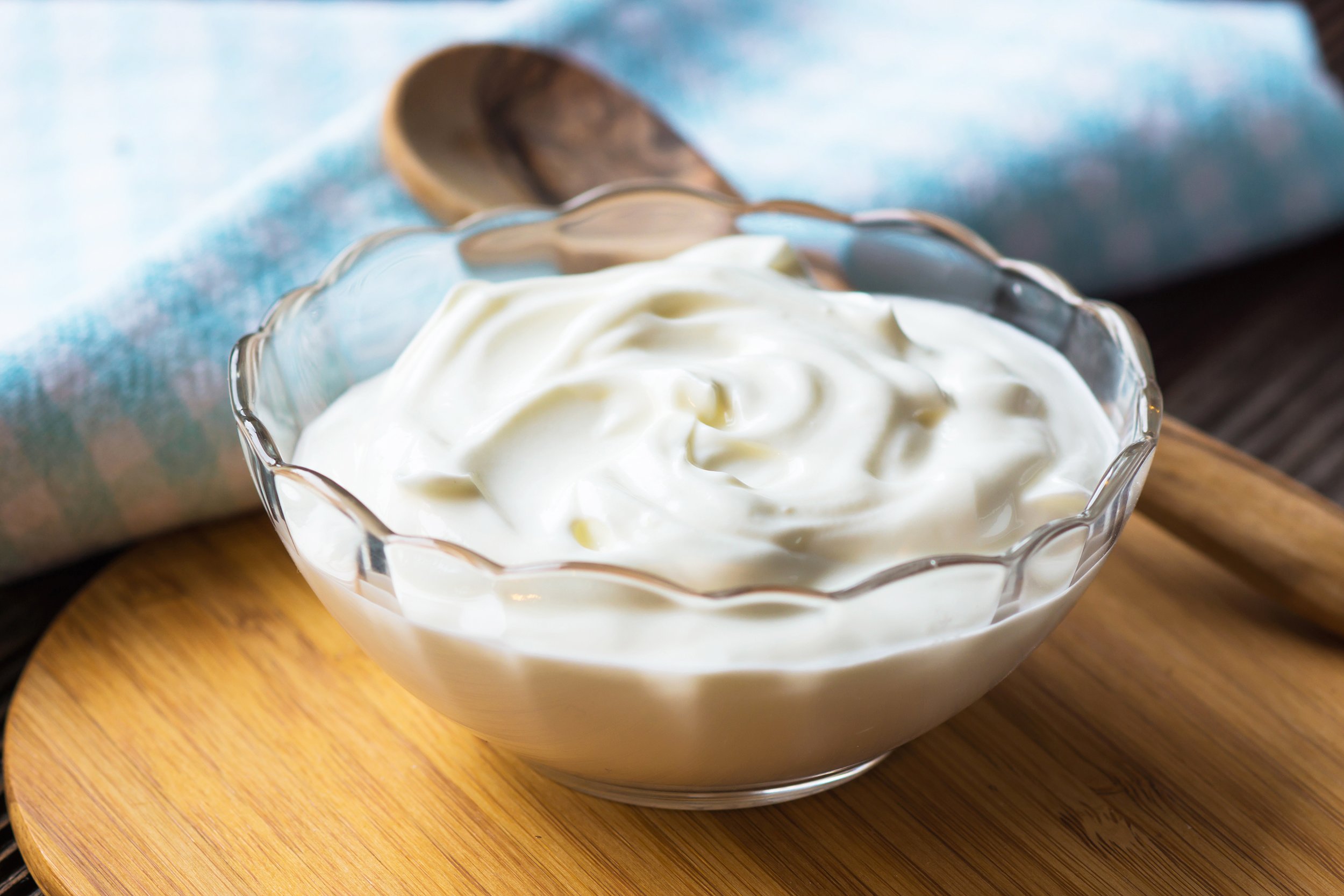
While Greek yogurt is good by itself, it can also be used in both sweet and savory dishes as a versatile, healthy substitute for other dairy and egg products, like heavy cream or mayonnaise. It can also reduce the fat content in store-bought cake mixes when used in place of the required eggs and vegetable oil.
SPAGHETTI SQUASH
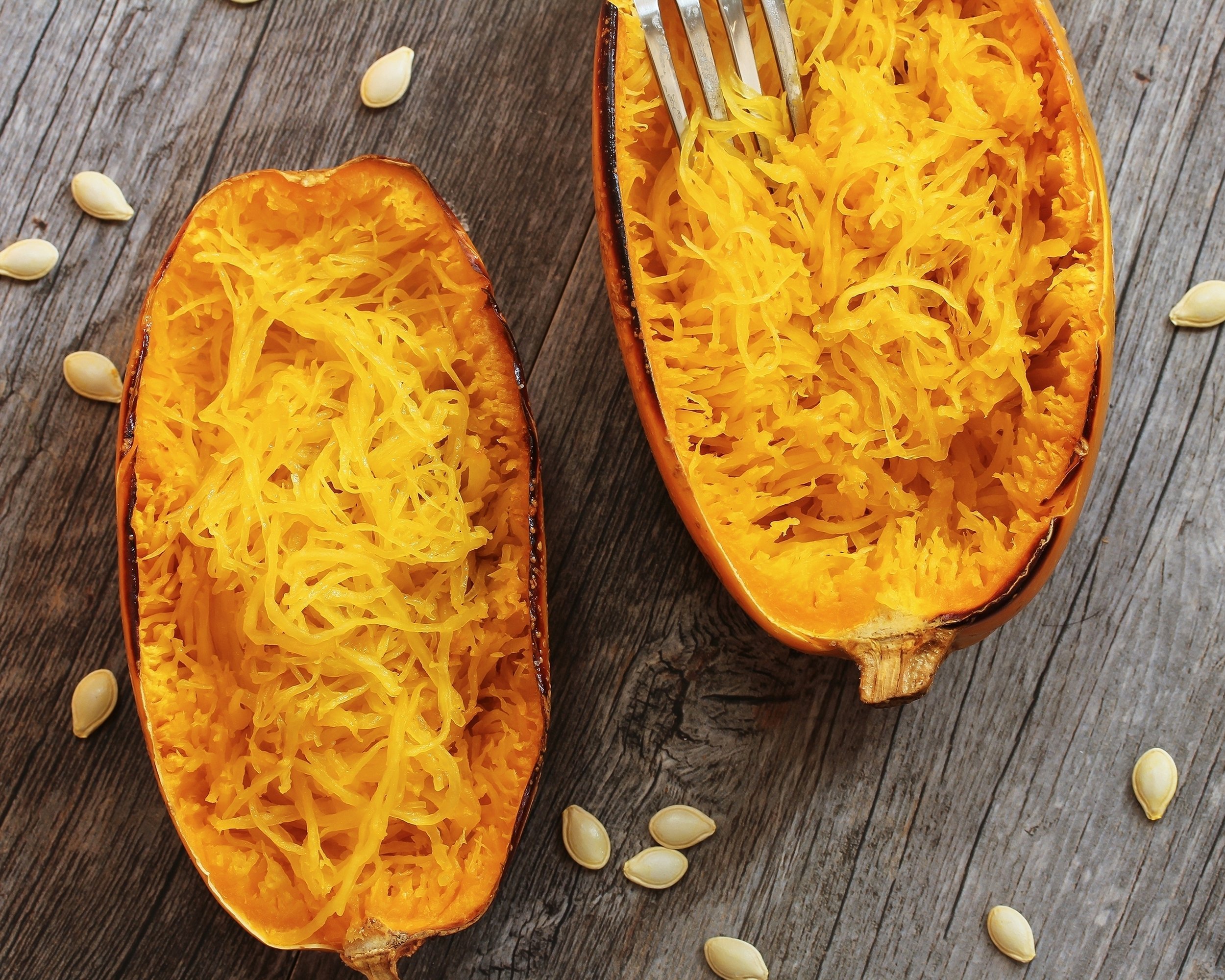
Even more than other squashes, spaghetti squash is an ideal noodle substitute that cuts carbs while providing a unique flavor and texture. Cut the squash in half and bake, but rather than remove the flesh, add ingredients to the squash “boats” for lasagna, Alfredo, or Southwestern black beans.
SWEET POTATO
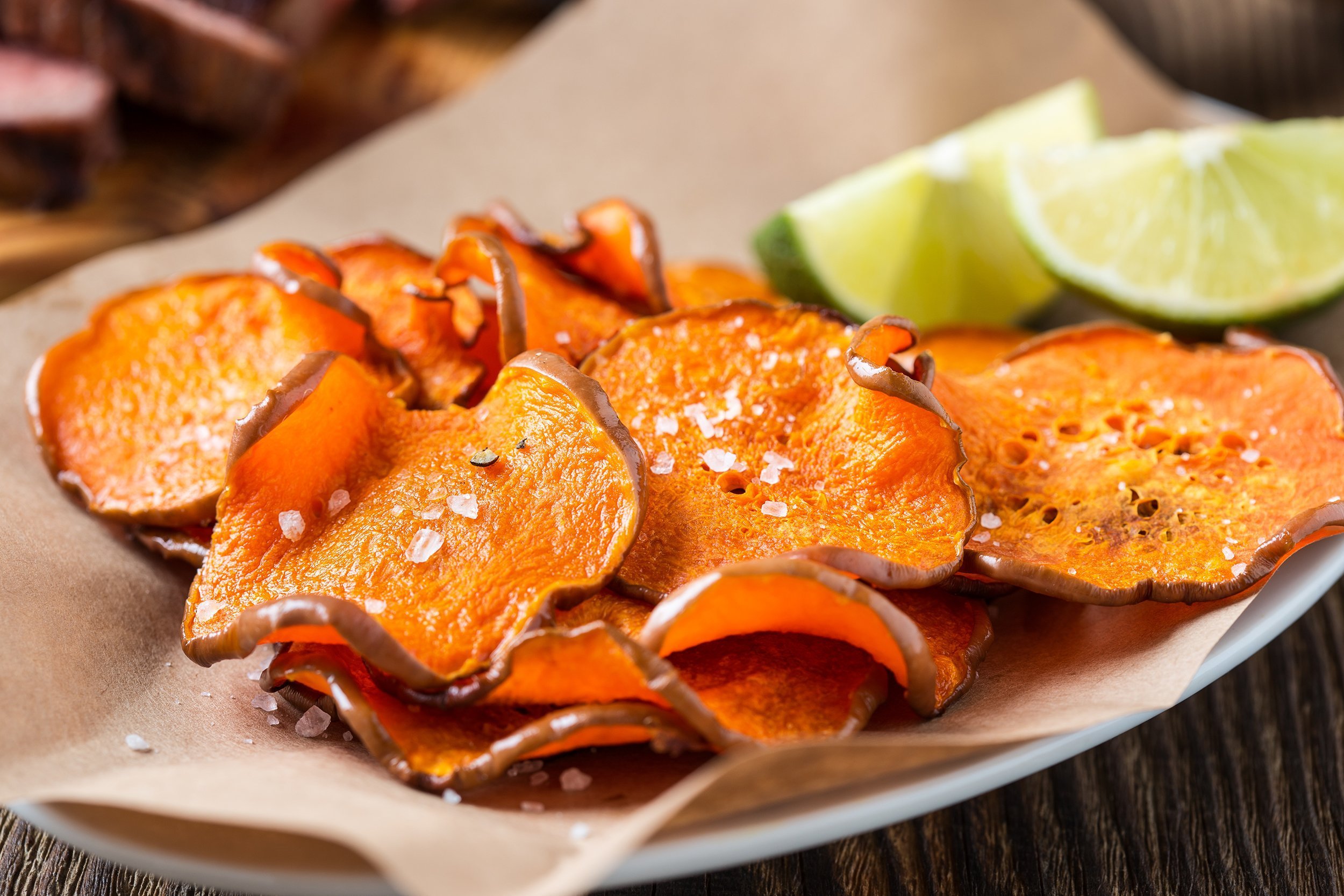
Beyond Thanksgiving, make good use of sweet potatoes as a side — such as fries, potato chips, or stuffed potato skins — or as a dessert — such as this meringue-topped casserole or this fruit-covered “potato toast.” Alternatively, slice sweet potatoes into discs and bake them into a naturally sweet crust for breakfast quiche or lasagna.


